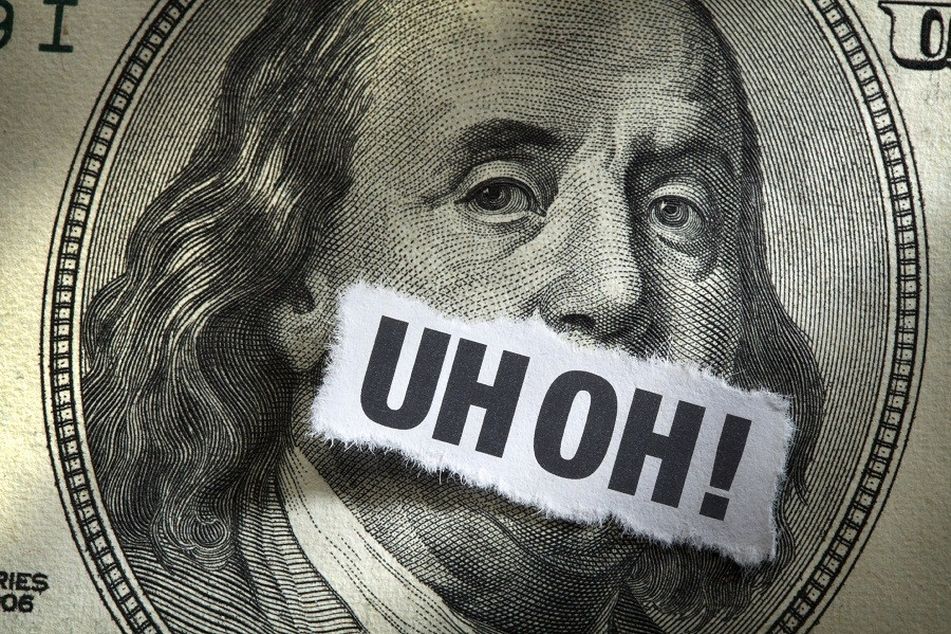Social Security cost-of-living adjustment unlikely for 2017

High-income retirees could see net benefits decline next year if Medicare premiums rise.
If inflation continues at its current low pace, 2017 may turn out to be another year when Social Security recipients will not receive an automatic increase in their monthly retirement and disability benefits. If that happens, it would mark the second year in a row — and the fourth time since 2010 — that there will be no cost-of-living adjustment (COLA) in Social Security benefits.
The Social Security Act provides for an automatic increase in benefits if there is an increase in inflation as measured by the Consumer Price Index for Urban Wage Earners (CPI-W). The COLA for 2017 — if any — would be based on the increase in the third-quarter average CPI-W for 2016 over the third quarter of 2014, the last year in which a COLA became effective.
Although inflation could pick up between now and the end of September that marks the end of the third quarter, the latest CPI-W is 0.3% lower than the average CPI-W for the base quarter, according to the Bureau of Labor Statistics.
“There appears to be a high risk of either an extremely low annual cost-of-living adjustment next year, or worse — none at all,” said Ed Cates, chairman of The Senior Citizens League (TCSL), an advocacy group for retirees.
The Social Security Administration will make an official announcement about the 2017 COLA — or lack thereof — in October. That should give advisers plenty of time to warn clients that their Social Security benefits may be frozen for another year.
LOST BUYING POWER
Although inflation has been low over the past few years, Social Security beneficiaries have lost 23% of their buying power since 2000, according to the TSCL’s 2016 Survey of Senior Costs.
Over the past 16 years, COLAs have increased benefits by just 36%, while typical senior expenses, influenced heavily by higher medical and prescription drug costs, jumped about 75% during the same period, according to the group’s calculations based on the cost of 38 key items in a typical retiree’s budget.
“To put it in perspective, for every $100 worth of expenses seniors could afford in 2000, they can afford just $77 today,” Mr. Cates said. “This study illustrates why Congress should enact legislation to provide an emergency COLA this year.”
Beginning in 1975, Social Security benefits began receiving automatic cost-of-living adjustments each year so beneficiaries’ buying power could keep pace with inflation. Before that, it took congressional action to increase benefits.
If there is no COLA for 2017, it would mark the second time there were back-to-back years when Social Security recipients received no automatic bump-up in benefits. A similar situation occurred in 2010 and 2011. Those two years of no COLAs were followed by a 3.6% hike for 2012, and more modest increases of 1.7% in 2013, 1.5% in 2014 and 1.7% in 2015.
HOW MEDICARE FITS IN
If Social Security benefits remain flat next year but there is an increase in Medicare Part B premiums, only some people would pay more for Medicare in 2017. That’s because the Social Security Act contains a “hold harmless” provision that protects the vast majority of retirees from paying a larger increase in Medicare Part B premiums than they receive in a Social Security COLA increase in order to avoid a reduction in their net Social Security benefit.
In 2016, most new Medicare beneficiaries pay $121.80 per month for Medicare B, which covers outpatient services and doctor visits. Medicare A, which covers hospitalization, is free. But many Medicare beneficiaries enrolled before last year continue to pay the lower base amount of $104.90 in effect in 2015 because of the hold-harmless rule.
However, high-income retirees — individuals with a modified adjusted gross income over $85,000 or married couples with a combined MAGI of $170,000 or more — pay higher monthly premiums for both Medicare B and the Medicare D prescription drug program, and in some cases, a lot more. MAGI includes annual adjust gross income plus tax-free interest.
There are five Medicare premium brackets. In 2016, the surcharges range from $48.70 to $268 per month on top of the standard $121.80 monthly premium. These premiums apply per person, so married couples where both spouses are Medicare age would pay twice as much. Income is based on your latest tax return, so a 2015 tax return filed in 2016 will be the basis for the Medicare premiums paid in 2017.
No increase in Social Security benefits in 2017 means no Medicare premium hike for most beneficiaries because of the hold-harmless provision.
But there are a few exceptions. Anyone who is subject to Medicare premium surcharges is not protected from Medicare increases. Neither are individuals who are newly entitled to Medicare in 2017 or those who are enrolled in Medicare but who have not yet started to collect Social Security benefits, such as people who continue to work beyond age 65 or those who elected to file and suspend their Social Security benefits before the April 29, 2016, deadline.
Bottom line: Many older clients may find that their Medicare premiums go up next year while their Social Security benefits hold steady, resulting in a net decline in their monthly retirement income in 2017.
(Questions about new Social Security rules? Find the answers in my new ebook.)
Mary Beth Franklin is a contributing editor to InvestmentNews and a certified financial planner.
Learn more about reprints and licensing for this article.








